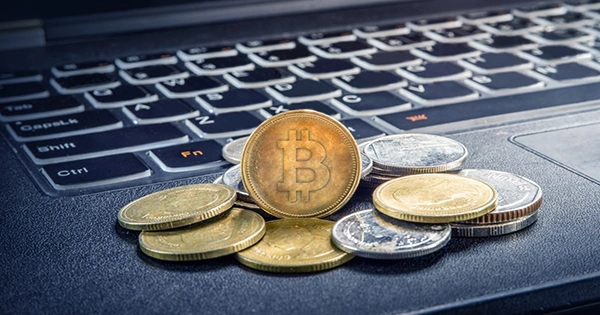Within the bitcoin world, the pay-for-processing business model has long been a widely accepted pillar. Investors, developers, and fans have had to pay a processing or “miner” charge on top of the cost of the actual token purchased since the beginning of digital assets. The average cost of transferring bitcoin reached an all-time high of $59 in April 2021, exceeding its record in December 2017, when average transaction costs soared to $52. Then there is Ethereum, which known for its exorbitant gas fees. In 2021, a number of crypto networks abandoned Ethereum in favor of more long-term alternatives such as competitor blockchain Solana.
Investing in cryptocurrency, it understood, is becoming increasingly pricey. The bulk of the ecosystem is now dissatisfied with the high cost of crypto and its applications, particularly regard to fees on the Bitcoin and Ethereum networks. Nonetheless, enthusiasts and speculators are gritting their teeth and bearing it, viewing it as an unavoidable cost of participating in something that has the potential to change money.

What happens, though, when the majority loses interest in finding new ways to transact and shift value? Because of a more competitive price structure, transactions on “centralized” platforms like Binance Smart Chain are already outperforming those on distributed systems like Ethereum. What is going to happen to the dream of a completely decentralized crypto ecosystem? Is it truly hard for decentralized networks to compete on transaction fees with centralized networks?
Currently, the network economics of all major public cryptocurrencies and blockchains neglect the need for utility-value-based pricing, which implies that the cost of transacting on a blockchain does not correspond to the customer’s sense of the transaction’s utility value. In other words, neither the consumer’s needs nor the competitive landscape considered when determining the charge range for transactions. In fact, the pay-for-processing approach offers no value to consumers because there is no limit on the amount of money that can charged for a transaction. When fees account for a significant fraction of the value you are seeking to transact, using such a network for those transactions can become inefficient and unfeasible.
While many people believe or hope that the network benefits from the true value of the service supplied to the user, the fact is that the pay-for-processing model only benefits crypto miners and other network stakeholders like stakers, not users. Miners, for example, rewarded for finishing blocks of validated crypto transactions, and all fees paid to them in Bitcoin. The “block size” within which these transactions are executed is still arbitrarily limited, and miners have typically refused to expand it.
Rather, they continue to demand increased fees for transactions to be included in a block. Bitcoin miners’ average daily revenue is about $47 million, according to YChart, up from roughly $29 million at the start of 2021, a 62 percent rise. Perhaps it’s time that people benefit from dealing in crypto by implementing utility-value-based pricing in order for things to be sustainable in the long run. It is past time for the world of digital assets to adopt a traditional free-market economic strategy, in which the client always reigns supreme.
















